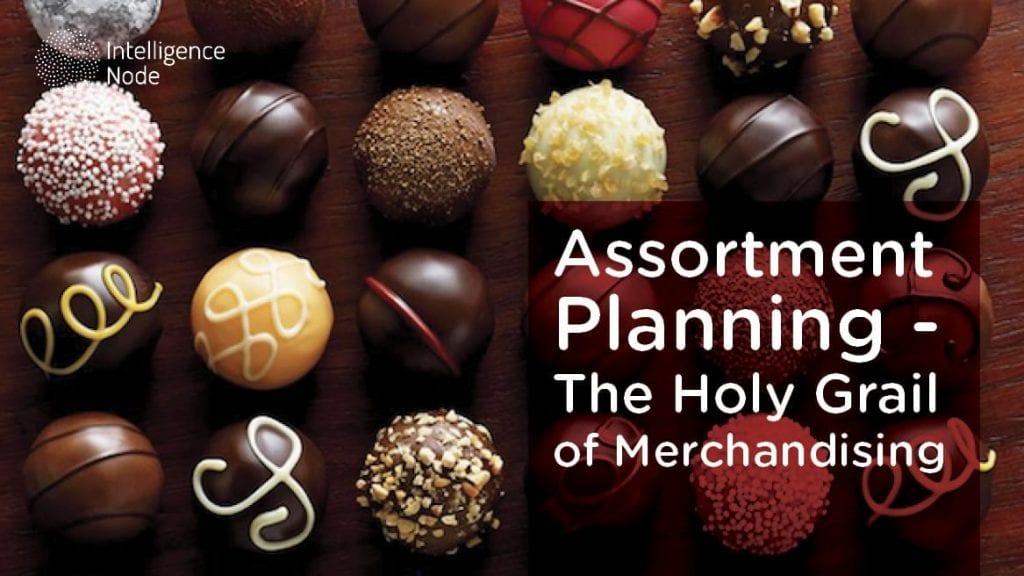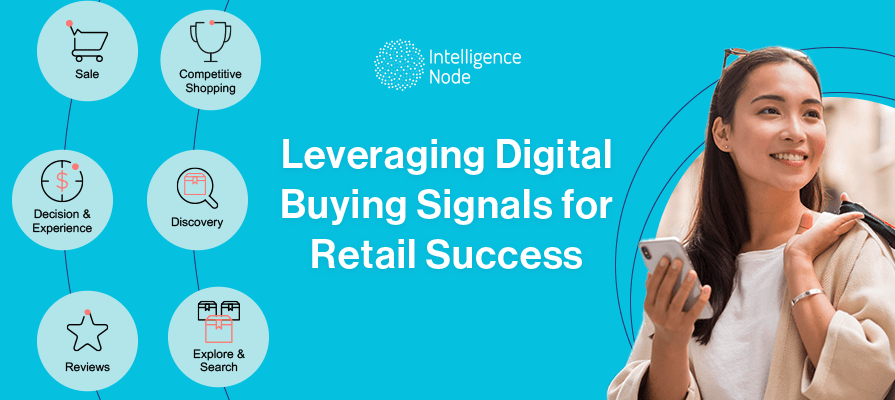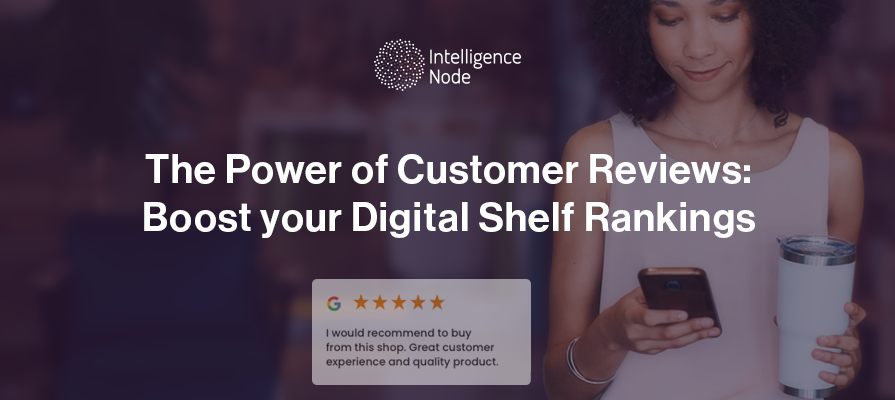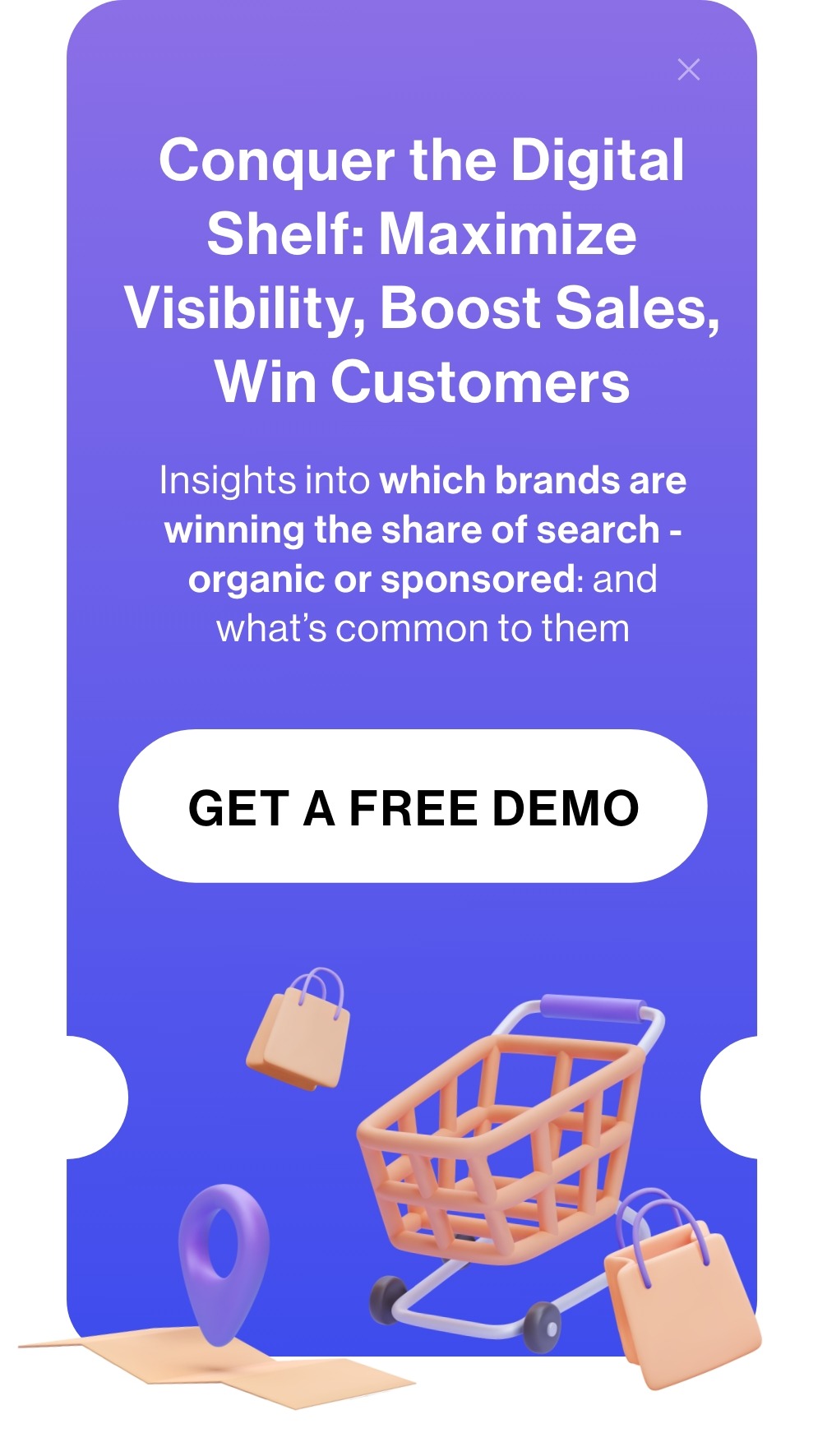Introduction to beauty industry
In the era before the new normal – otherwise known as the year 2019 – the global cosmetics market was valued at $380.2 billion. By definition, this includes makeup, cosmetics, skincare, haircare, and even extends to fragrances and deodorants- and is not limited by age, gender, nor cultural background. In fact, the beauty industry is so diverse and fragmented, with so many brands and endless communication channels, that it has found its place in essentially every household in the modern world via both mass (drugstore) products and premium lines. Big spenders, budget beauties, and deal hunters all know the market like the back of their hands- and uniquely to this segment, consumers are incredibly well versed in the best brands, best prices, best quality, and latest releases in the industry. This is especially true for the post-pandemic world, as the market is now valued at a cool $511 billion as of 2021 and the US beauty market alone is worth a jaw-dropping $62.46 billion. The future is promising for the industry- and is predicted to reach $784.6 billion by 2027.
However – for a space where 85% of all beauty product purchases were from brick and mortar stores prior to the pandemic, how did top beauty retailers not only adapt to a new buying environment but trigger a new eCommerce boom? What beauty industry trends were major brands able to act on, that created a permanent lift in online sales even after social restrictions to retail outlets were lifted?
Pandemic Influence on Skincare and Haircare
To understand the transformation of the beauty industry in the post-pandemic era, it is necessary to first analyze the changes in the market that were introduced by the pandemic itself. In 2020 alone, the entire US beauty industry generated a revenue of $77,985 million (Statista) – this phenomenon has been dubbed “the lipstick index” by economists, who state that even in times of high stress and difficulty, people will carve out a budget for small luxuries, possibly as a means of comfort. It’s clear to see how this played a role across the globe during the pandemic, and how a combination of circumstance and beauty trends changed buying patterns in the long run.
The first, and most immediately impactful change that 2020 brought with it was the shutdown of salons and parlors across the globe – as face to face beauty treatments and the scope to interact with professionals decreased, consumers looked to replicate that experience the best they could, and the major players of the industry were close to follow that trend by making stocks widely available in direct-to-consumer channels, specifically via beauty eCommerce. Across all segments, the key factor in growth has been digital sales.
The Boom of Beauty eCommerce
In skincare, the sale of “derma-cosmetics” and medicalized products increased rapidly, and brands like CeraVe, Cetaphil, Eucerin, and La Roche-Posay showed growth of approximately 15%, specifically in the premium markets, which showed greater performance compared to mass drugstore products. Within the premium haircare market, which was once confined to salons and professionals, manufacturers opted to switch to retail, and here too, the growth of brands such as Kérastase, Olaplex, and Wella Professional can be credited largely to their eCommerce efforts during this time. Even major retailers like Sephora and Ulta are investing in this segment, expanding their own hair care product mixes. Most noteworthy in this time period is Olaplex, a premium brand that capitalized on selling via direct-to-consumer channels- and is valued at $15 billion post-IPO in late September 2021.
Fragrances and the Retail Connect
Another peculiar upward trend during the pandemic was the increased sales of fragrances which saw a 45% jump in just the first quarter of 2021. While this on the one hand further legitimizes the true depth of the irreplicable need for beauty products in all assortments, it also serves as the ideal segue for the question of brick and mortar vs beauty eCommerce. Given that fragrances, in particular, rely heavily on the user being able to sample the product before making a purchase, the rise of the category despite the inability to do so can be credited to beauty product marketing and the sale of perfumes and personalized fragrances as gifting items and collectibles.
Now, brand names and designer perfumes grab the spotlight as the redeeming features of newly released fragrances, and the composition, label, availability, and ongoing beauty trends (of sustainability and ‘clean’ scents) match the importance of the scent itself. Digital channels also act as a clandestine forum for the new generation to shop unisex- a preference that has not only seeped through the color makeup market and self-care market, but is now reflected in the product mixes of major perfume suppliers. As social restrictions were lifted, however, it’s seen that, unlike other segments where the switch to digital was more permanent, perfume buyers were excited to return to the retail experience. Holistic experiences reign immortal – DIY, customizable scent stations and engaging consumer experiences that not only allow them to sample multiple products but have beauty consultants available nearby to educate them – all serve as factors that help retail stand strong even amidst looming competition from digital channels.
Online Environment + Innovations in Cosmetics Owing to eCommerce
While shopping preferences can differ from country to country, in the USA, the online share of the beauty industry is predicted to hit 48% by 2023. Thus, brands are looking to adopt customer-centric models that intersect both digital and physical channels to cater to all needs- and more often than not, ‘experiential’ isn’t limited to walk-in stores. Digital alternatives are growing more and more immersive by the year- customizable subscription-based models offer periodic packages right to the consumers’ doorstep, mixing the digital world of click-and-choose with the thrill of the ‘shopping haul’ experience. Brands have even developed AR filters to help consumers try on makeup shades, allowing them to mix and match freely, without the constraints of time or impatience of retail sellers. The shift to digital by both brands and consumers has created an online ecosystem of not only buying channels, but communication platforms, social forums, and a ‘beauty community’, where according to an eMarketer report, 64% of buyers who believed that quality was their biggest consideration when purchasing products in this category, preferred digital channels (while those who preferred price as their biggest consideration still often flock to retail outlets).
Beauty eCommerce and the online world even provide a new appeal that not many conglomerates were able to provide in the past, that was once restricted to the mega premium- exclusivity. Designer labels developed cult followings, new drops and collaborations are keenly sought after, and audiences are increasingly well versed on the nuances of beauty trends and the products that headline them. Online brands, indie creations, and limited edition releases thrive in this space, where creators have much closer access to buyers and can watch audience and beauty trends with a worm’s eye view, and often even participate in them. To participate, the majority of brands have looked to one simple communication tool: beauty influencers.
Marketing and Product Width: Beauty Influencers
Influencers reign the world of cosmetics – and simply put, they represent both the consumer and the brand; meaning that clever choices of influencer teams directly impact the way a brand communicates with its audience. This can be summed up with the word of the hour- diversity. This could mean diversity of representation- skin tones, races, gender, styles, even (formerly) offbeat considerations of disability and marginalized groups. With a diverse range of faces representing a brand, they are able to connect with diverse and often hard to connect audiences, owing to the closeness of communication an influencer is able to maintain with that audience, compared to a large conglomerate. This relationship, when done right, impacts the view of the brand itself, and the consideration of product mixes every season – a brand with diverse representation, is bound to have diverse offerings to fit each of these segments, calling for innovation in an almost chicken or egg relationship, helping brands curate products.
Pillars of the Beauty Industry Boom

Fenty Beauty is a fantastic exhibit of exactly this: a wide range of skin tones represented in their makeup means a wide range of skin tones in their team of influencers. Similarly, major brands like Ulta Beauty have expanded their product lines to meet the demand for different needs, which has in turn called for more diverse branded imagery in their marketing.
Aside from color and audience representation, closer communication with audiences has even created much wider recognition of the need for clean, green, ethical, and vegan product offerings. This change owes largely to the increasing number of buyers that regard these as major considerations in their purchasing decisions and the brands they choose to engage with. In turn, brands are rushing to meet that need in both the composition of their products and the packaging and manufacturing process. In fact, according to the New York Post, 82% of women believe social media is the key element that dictates how trends in beauty shift. Undoubtedly, brands have taken note of this and opt to introduce major tech innovations, AR/VR experiments, new offerings, and shifts in branded messaging to their audiences via their influencers, who help communicate and impactfully land their message to unfamiliar audiences online, across campaigns and engagement. Influencers similarly play a key role in social listening, and help organizations gauge brand perception, reactions to new products, ongoing trends, and audience engagement with competing products.
Interestingly, influencer marketing has over time seen extremely varied reception before coming full circle in 2022. It was seen that influencer marketing and the influencers themselves grew so successful that it elevated their social standing to a celebrity status, which effectively distanced them from their audiences, making them less relatable, and giving their content a ‘branded’ and depersonalized feeling. In certain cases, the celebrity status of the influencers is what powers their success further – and are still quite dear to audiences despite their massive success. YouTube stars Nikkie Tutorials and Tati Westbrook have even launched their own brands driven by their own fame and their audience’s commitment to their success as individuals. At this stage, influencers grow from spokespeople to partners, competition, or collaborations.Hence, as influencer marketing becomes an indispensable tool in the belt of any successful consumer-first brand, brands have scrambled to find a solution to fit their marketing needs while still maintaining a strong connect to their audience. There is opportunity to witness the growth of a new trend in this space- dynamic teams of micro-influencers are on the rise as the ideal choice for major brands to partner with, as they are seen to have higher than average engagement rates and more hyper personalized content for their audiences, bridging the gap between celebrity status influencers and impersonal brands with their audiences.
The Mantra to the Beauty Industry Success
At the end of the day, success in the beauty industry is best analyzed by the labels in the average household dressing room – cosmetic industry statistics reveal that women spend an average of $313 per month on beauty products, and men spend $244. While these are both generous figures, taking note of product width’s realistic estimates, and the sheer volume and assortment of purchases implies well-informed, decisive spending with every product. Pricing is crucial – and intelligent pricing is what got highly competitive brands to every household in America. Intelligence Node recognizes exactly that- that the nuances in pricing match the dynamism of ever-shifting beauty trends and the needs of individual people; and help provide partners with effective and actionable data to stay abreast of any competitive landscape. In a world where product assortment is key, Intelligence Node can compare your product mix with the competition, analyze visibility against competing products, and provide timely solutions. Need your products to maximize their share of shelf? Get your brand to the right retail data and competitive analytics solutions partner.





